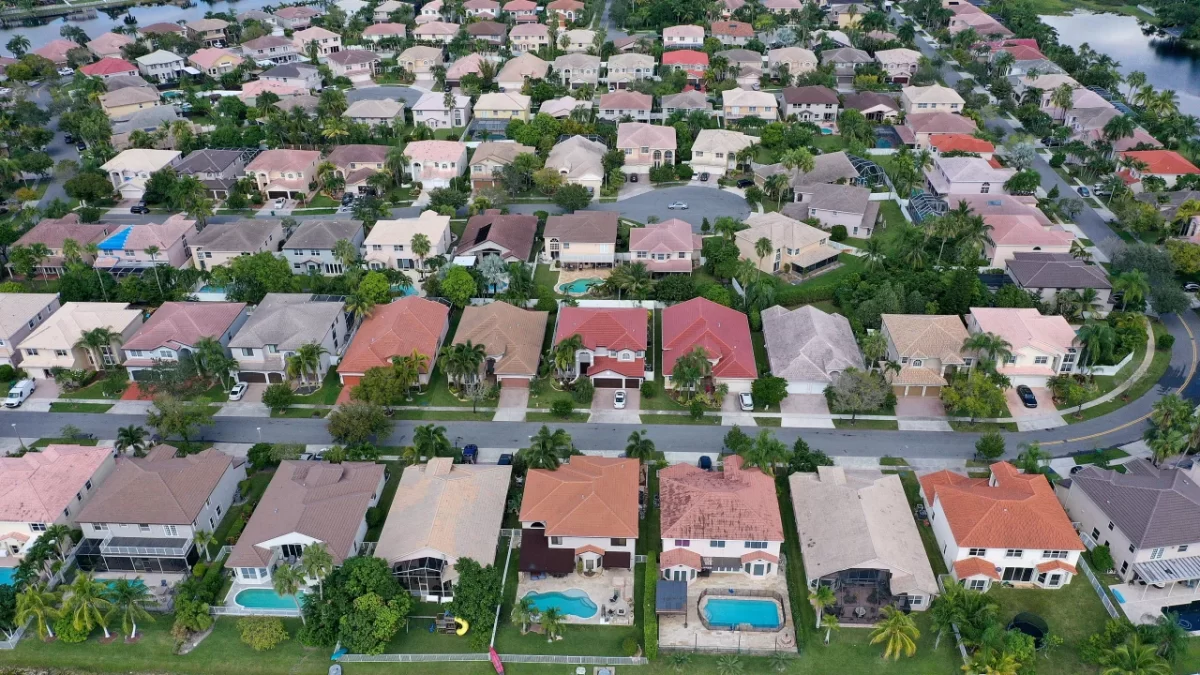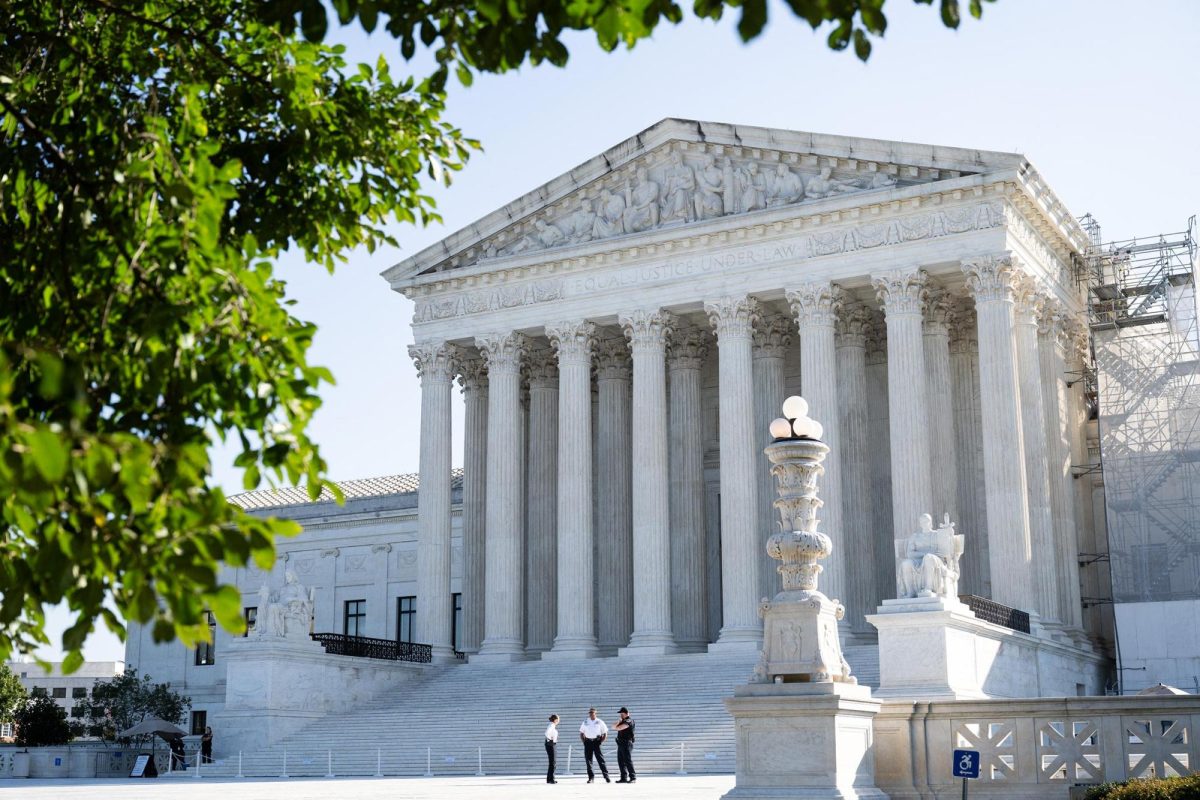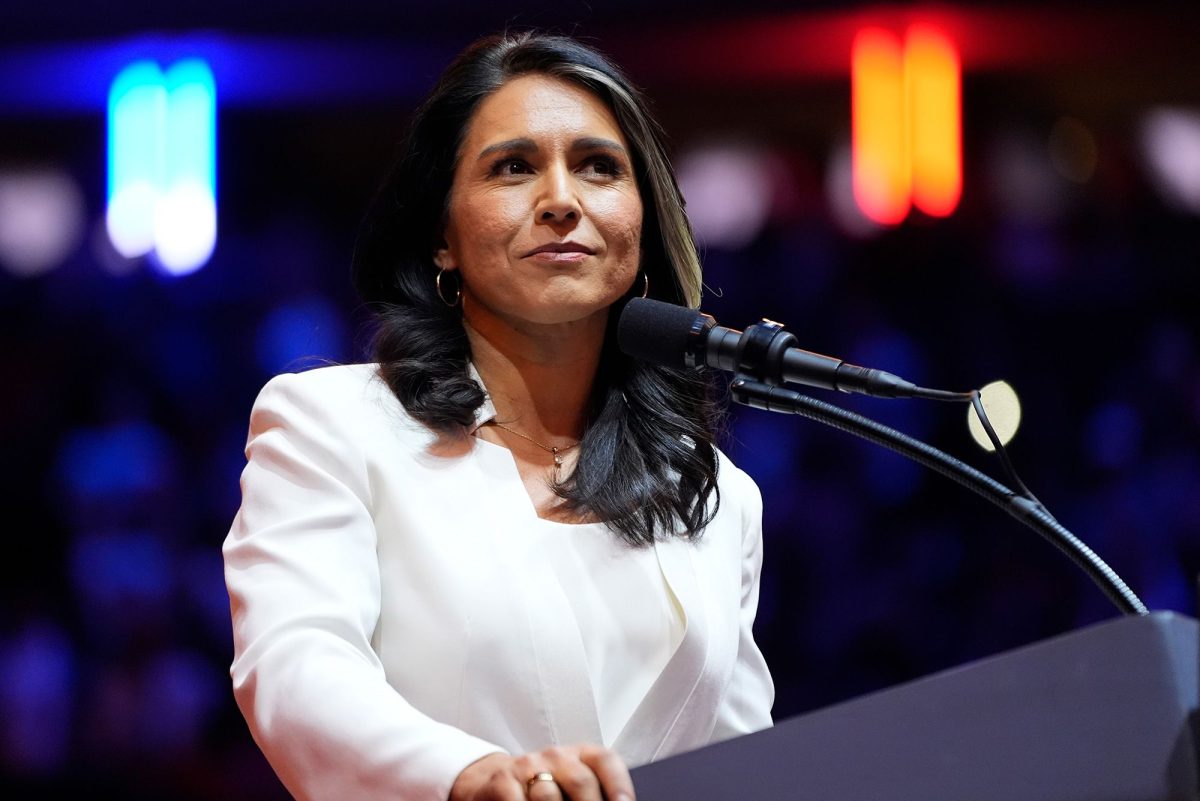The age of a first-time buyer this year, at 35, is down slightly from 36 last year, but above historical averages. The age of the typical repeat buyer also dropped slightly to 58 from an all-time high of 59 last year.
First-time homebuyers put significantly less down when buying a home, with a typical downpayment of 8% of the home purchase price. That is the highest share of the purchase price since 1997, when the typical downpayment was 9% for first-time buyers.
In comparison, the typical downpayment for repeat buyers was 19%, which is the highest share since 2005, when the typical downpayment was 21%.
High mortgage rates are the main reason for last year’s increase, since buyers wanted to finance as little of the purchase price as possible at rates that were 6% or higher for most of the survey period.
But coming up with that downpayment proved difficult — and for 38% of first-time homebuyers, it was the most difficult part of the process, according to the survey.
The majority of buyers said the downpayment came from their own savings. Repeat homebuyers put proceeds from the sale of their home into the next purchase. However, 23% of first-time buyers said their downpayment included a gift or loan from friends or family.
First-time buyers increased their reliance on financial assets this year, which grew to 24% from 20% last year. This included sale of stock or bonds (11%), 401(k) plans or a pension (9%), IRA plans (2%) and sale of cryptocurrency (2%).
According to the survey, the majority of first-time buyers made financial sacrifices to purchase a home. For those who did, the most common sacrifices buyers reported were cutting spending on luxury goods, entertainment and clothes.
Who is buying a home
The makeup of the households able to buy homes continues to shift, according to the report. Families facing higher costs because they have children are getting pushed further out of the homebuying picture.
An overwhelming 70% of recent buyers did not have a child under the age of 18 in the home, which was the highest share recorded in this study. By comparison, in 1985, only 42% of households did not have a child under the age of 18.
The share of married couples dropped to 59% percent of recent buyers — the lowest share since 2010 — while the share of single female buyers and single male buyers increased to 19% and 10% respectively. About 9% of buyers were unmarried couples.
Homebuyers became more diverse this year, with the share of white homebuyers dropping to 81% from 88% last year. Of recent homebuyers, 7% were Latino, 7% were Black, 6% were Asian or Pacific Islander and 6% identified as some other race. In addition, 38% of first-time home buyers identified as non-White or Caucasian, compared to 17% of repeat buyers.
“Homebuyers in the past year were more diverse, both racially and ethnically, with increases noted among minority buyers, buyers who were born outside of the US and buyers whose primary language is not English,” said Lautz.
The shift is an encouraging move toward closing the homeownership gaps that exist between white homeowners and other groups.





